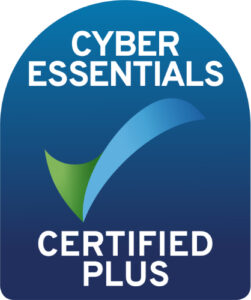SAP in practice
Consider the wholesale and distribution sector—specifically food and beverage. Here, we regularly see companies dealing as best they can with multiple spikes in demand, working with retailers to fill empty shelves and maintain stock availability.
This requirement for both close collaboration and an expectation for an on-time in-full (OTIF) delivery of goods has led to retailers assessing the efficiency of their supply partners even more closely.
It is estimated that 96% of retailers now measure their supply chain using OTIF-type measures, and they’re seeking to incorporate the outcomes within their commercial supplier agreements.
This could strike fear into the hearts of many smaller SME wholesalers. Without the real-time integration of inventory systems offered by an ERP solution, they have no way to make quick decisions in order to fulfil orders for demanding retail clients.
But, while many SMEs in the sector would see this as a problem, others could well see it as an opportunity.
By making an investment in ERP software such as SAP B1, and moving towards being an intelligent company, SMEs can place themselves at front of mind with customers thanks to being able to offer an efficient, technologically advanced service.

